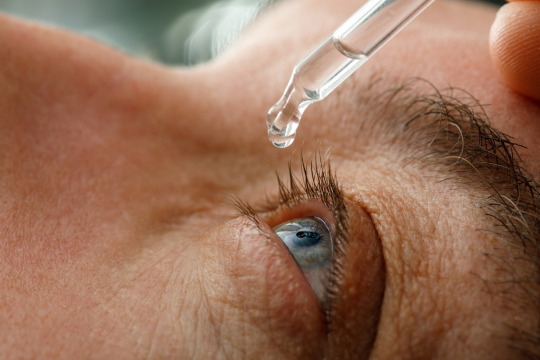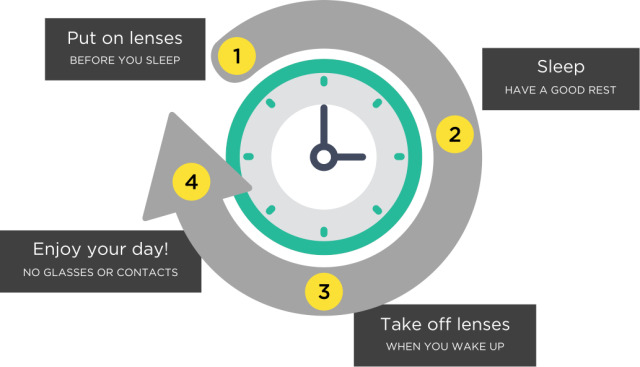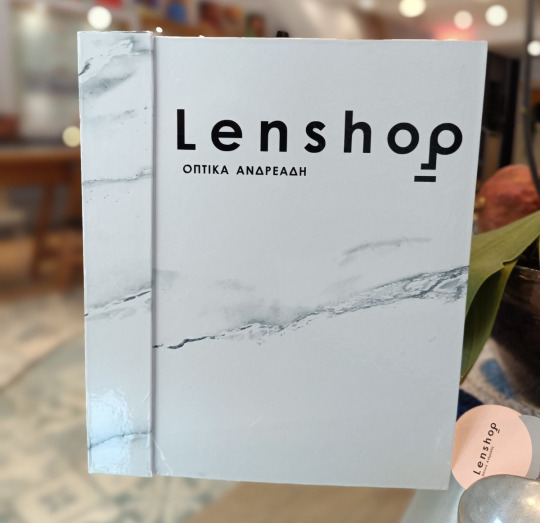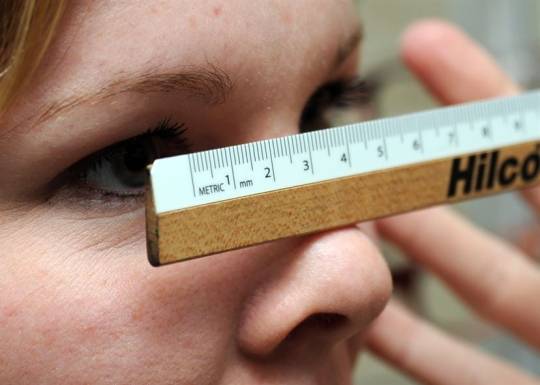
Contact lenses for many people are a means of correcting their vision, whether they have a distance or near vision problem or a combination of both. Few people know that contact lenses can also be used for therapeutic purposes. Therapeutic lenses are a safe and effective treatment for a wide range of eye disorders or conditions.
What are therapeutic lenses?
Therapeutic lenses are essentially no different from common contact lenses that correct any vision problem the user has. But there are specific characteristics that are required for a contact lens to be called therapeutic. As they act as “protective bandages”, therapeutic contact lenses are usually made of materials with high oxygen permeability and specific thicknesses and diameters and can be used for daily or prolonged use. They are used for healing the eye, relieving eye pain and protecting the ocular surface.
Their main purpose is to restore the integrity of the cornea* while at the same time minimizing the patients’ symptoms. The fitting of these therapeutic lenses, whether temporary or as part of a long-term treatment plan, should be considered a medical treatment or procedure and not a lens itself. Finally, therapeutic contact lenses protect the cornea from environmental conditions and deal with the abrasive effects of the patient’s own eyelids. Wearing these lenses can help restore corneal tissue, manage pain, and preserve vision.
*The cornea is a transparent membrane and anatomically covers 1/6 of the entire eye and is located in the center of the eye

In which cases can they be used?
There are many situations in which contact lenses can be used as a therapeutic mean:
● Protection, strengthening and support of the corneal epithelium: They are used as supportive means after surgical operations, refractive surgery operations, corneal transplants while providing relief and immediate healing of the eye. For these conditions, therapeutic contact lenses should be considered a temporary measure until corneal healing is achieved.
● Pain Relief: They are used as a pain reliever in various pathological and traumatic conditions involving the cornea such as bullous keratopathy and filamentous keratitis that can cause severe pain to patients. A patient’s quality of life can be significantly improved with the use of therapeutic lenses.
● Improvement of any abnormal surface of the cornea: They provide protection to the surface of the cornea, protecting it from the forces of the eyelids as well as diseases of the eyelids such as trichosis or ectropion where with the movements of the eyelids they can cause abrasions to the cornea. Their use can expedite the healing of the cornea and reduce the risk of infection.
● Corneal healing: They can provide complete healing of the cornea. They have the possibility of being applied in the form of a “pressure bandage” in order to strengthen and prevent the cornea from tearing after injury or even after chemical burns. They can temporarily stop wound drainage after cataract surgery.
● Medicate: They can be used successfully to treat an eye condition with the combined use of contact lenses and medication. Such eye conditions can be neurotrophic keratitis, chemical burns and after corneal transplantation.

But what do therapeutic contact lenses offer?
The use of therapeutic lenses in pathological eye conditions helps them to heal faster but at the same time significantly reduces pain. Τhey also prevent the eyelids from interfering with the normal healing of the corneal cells since with every blink the eyelids essentially “scratch” the cornea. In addition to this mechanical protection, therapeutic lenses help to keep the eyes hydrated thereby preventing serious dry eye conditions.
Menicon’s premiO is a therapeutic contact lens with healing purposes and has superiority both in quality and in the time of accelerating the healing of the epithelium compared to other lenses. It is a product of sophisticated polymerization of hydrophilic monomers (Menisilk), providing high permeability to oxygen, excellent hydrophilicity, resistance to fats and tear proteins and impressive sensitivity due to the sophisticated processing of its surfaces. This particular contact lens has FDA approved for 6 nights of continuous use (even while sleeping). It is mainly used after refractive surgery but also in cornea transplants.
Menicon’s Bandage lens has an advantage over other corresponding lenses of other companies due to its high hydrophilicity and the large diameters (from 16 to 22mm). It is indicated in a number of eye complications or diseases such as entropion, trichosis, drooping eyelids, bullous keratopathy, corneal abrasion, ulcer or swelling, keratoconjunctivitis where a larger contact lens diameter is required to completely cover the healing point.

Postoperative rehabilitation and follow-up
Therapeutic contact lenses have managed to successfully deal with all the problems that can arise post-operatively while offering safety and immediate healing. The use of therapeutic lenses requires special attention, excellent expertise and knowledge, cooperation between optician/optometrist and ophthalmologist in order to assess the patient’s needs and choose the most suitable contact lens design.
The contact lens will be fitted by an optometrist or ophthalmologist and will be worn continuously until the next appointment. Most people only need the contact lens for a short period of time and so do not need to handle the lens themselves. Occasionally the therapeutic contact lens may need to be fitted on a longer term basis. If this is true, an optometrist can guide the user on the correct procedure for insertion, removal and maintenance.
It is critical to carry out frequent follow-ups of patients with therapeutic contact lenses. One reason is that a therapeutic lens fit, by design, shows less movement than a traditional soft lens fit. In addition, it is important for the ophthalmologist to be vigilant in detecting signs of microbial keratitis. The success of application and avoidance of complications is inextricably linked to the patient’s full compliance with the instructions for using the lenses as well as their frequent post-operative follow-up.
For more information about the use of therapeutic contact lenses, ask the specialized staff at one of our company’s stores.














